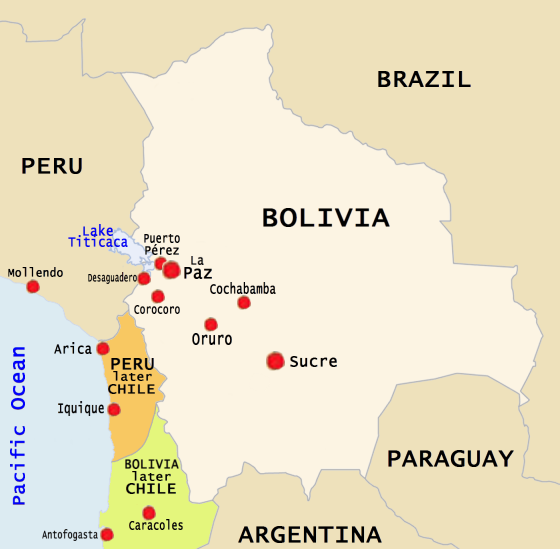| Up a level | ||||||||||
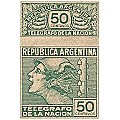 |
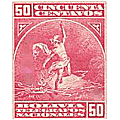 |
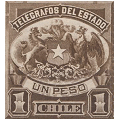 |
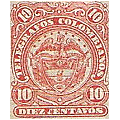 |
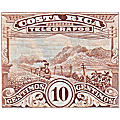 |
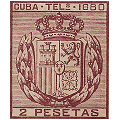 |
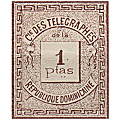 |
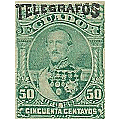 |
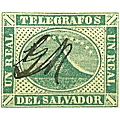 |
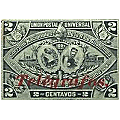 |
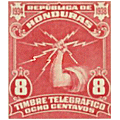 |
| Argentina | Bolivia | Chile | Colombia | Costa Rica | Cuba | Dominican Rep. | Ecuador | El Salvador | Guatemala | Honduras |
| Up a level | ||||||||||
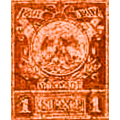 |
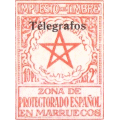 |
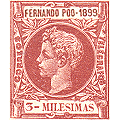 |
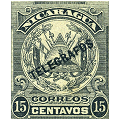 |
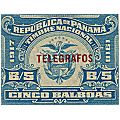 |
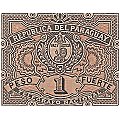 |
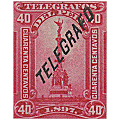 |
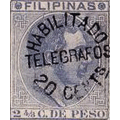 |
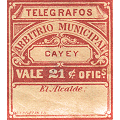 |
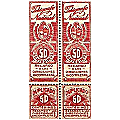 |
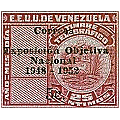 |
| Mexico | Morocco | Guinea | Nicaragua | Panama | Paraguay | Peru | Philippines | Puerto Rico | Uruguay | Venezuela |
I have brought these prices up to date and added currency selection. CheckList Setup |
Bolivia.
Steve Hiscocks wrote:
No catalogue devoted to or including telegraph stamps has ever, so far as I can determine, listed any for Bolivia and I have still found no evidence that
any were ever used. A set was certainly printed however because they are known overprinted for use as revenue stamps. The 1c and 2c were overprinted
'Tobacos' in 1906 (Forbin 15 & 16) and the 10c and 50c were overprinted 'Transacciones/2 centavos' in 1908 (Forbin 30 & 31). This latter pair
were further overprinted 'Tobacos' at some later date. Either the set was prepared for use in or shortly before 1906 and it was decided not to employ
specific telegraphic stamps after all, or they were used briefly but remained unnoticed by collectors — perhaps because the mode of use was such that
they never passed into the hands of the public. Further information is required.
I have provisionally assumed that the set followed the general pattern of Bolivian postage stamp values of the time and that Forbin was correct in
referring to them as "Telegraph Stamps of 1906" although I suspect they may have been earlier.
My note:
The introduction above mentions only the 1c, 2c, 10c and 50c, though his listing gave the correct colour of the 5c value, presumably because
it is also known with a fiscal overprint (shown below). Specimens are now known, presumably sold from the archives of
the American Bank Note Co. These have seven values up to 1B.
1906 Printed by the American Bank Note Co. White wove paper. No watermark. Perf. 12
 
|
| Type #1 showing the known stamps of the set as specimens. |
| Hisc. | Type. | Description | Mint | Used |
|---|---|---|---|---|
| H1 | 1 | 1c yellow | 25.00 | - |
| H2 | 1 | 2c scarlet | 25.00 | - |
| H3 | 1 | 5c indigo | 25.00 | - |
| H4 | 1 | 10c blue | 25.00 | - |
| H5 | 1 | 20c orange | 25.00 | - |
| H6 | 1 | 50c rose-carmine | 25.00 | - |
| H7 | 1 | 1B green | 25.00 | - |
| H8 | 1 | 2B ? | - | - |
| H9 | 1 | 5B ? | - | - |
Prices for punctured specimens as illustrated. Normal mint are unknown.
Some of these appear to have ended up overprinted for Tobacco Tax purposes as shown below, however I have
seen no trace of H8 or H9 in any form. Not even the colours are known.
Hiscocks wrote
'I have provisionally assumed that the set followed the general pattern of Bolivian postage stamp values of the time and that Forbin was correct in
referring to them as "Telegraph Stamps of 1906" although I suspect they may have been earlier.'
There is therefore no evidence that the 2B and 5B values ever existed.
Hiscocks added the following note:
| Note. Collectors may wish to include copies overprinted for fiscal purposes in their collections, as I do myself, for want of copies without overprint. In my experience even these are quite rare. |
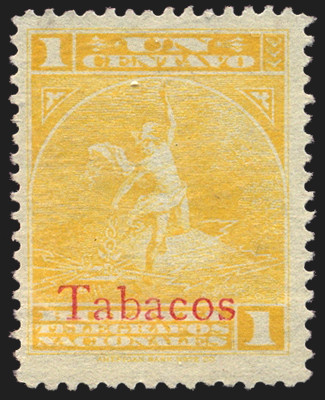 |
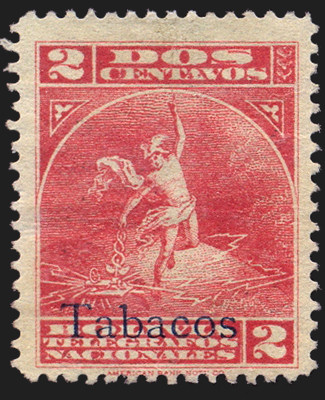 |
 |
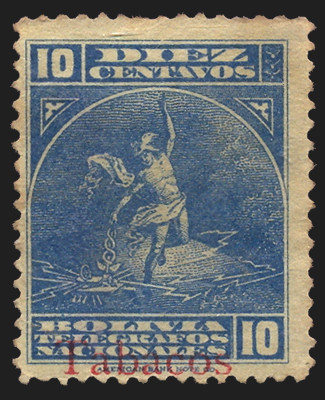 |
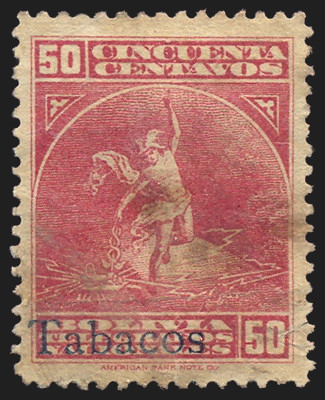 |
| Forbin 15 | Forbin 16 | Forbin unlisted | Forbin unlisted | Forbin unlisted |
| 1906 - The set up to the 10c, plus 50c are known overprinted 'Tabacos' in red or blue. Forbin lists only the 1c and 2c as numbers 15 and 16. My 3rd. Edition of Forbin is dated 1915, so the unlisted ones are presumably came later than that. — Images courtesy of Rolf Lamprecht. |
||||
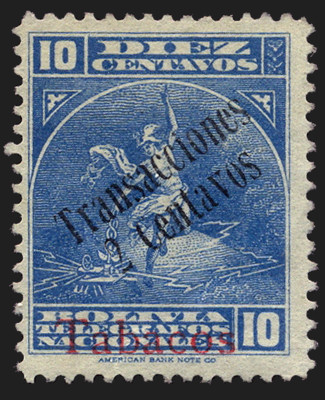 |
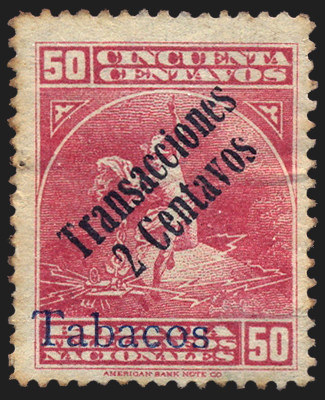 |
| 1908 - The 10c and 50c are known additionally overprinted with just 'Transacciones / 2 Centavos' in black (Forbin 30 and 31). Can anyone provide scans of Forbin 30 and/or 31 ? The further overprinting with 'Tabacos' is mentioned by Steve Hiscocks, but unlisted by Forbin. — Images courtesy of Rolf Lamprecht. |
|
As I understand it, these were never issued without overprints, and none above 50c were issued at all.
Telegraph Seals.
There is currently (June 2014) on Delcampe, an
Exhibition collection of telegrams sent (primarily) during the Chaco war.
Communications were very important at this time and a number of different telegraph seals were used.
Some examples are shown below, courtesy of Marcelo Trejomovich (Corpmet on Delcampe).
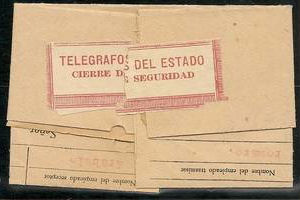

Simple red seal, courtesy of Marcelo Trejomovich (Corpmet
on Delcampe) and my reconstruction.
Block of 4 seals.
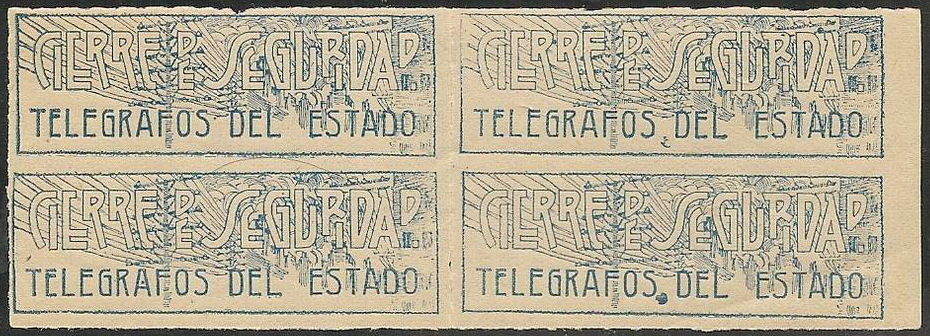
Image courtesy of Marcelo Trejomovich (Corpmet on Delcampe).
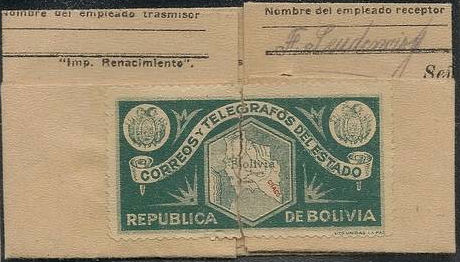

Perforated dark green and red seal (1935) with La Paz imprint, courtesy of Marcelo Trejomovich (Corpmet
on Delcampe) and my reconstruction.

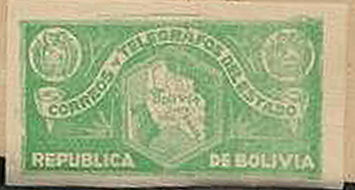
Imperf. green seal (1934-7), courtesy of Marcelo Trejomovich (Corpmet
on Delcampe) and my reconstruction.
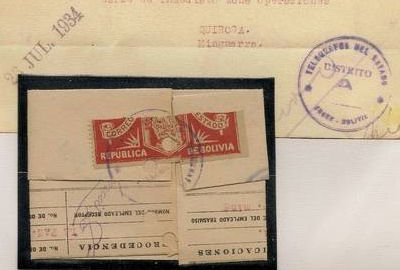
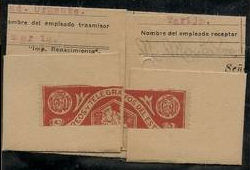

Part-perf. red seal (1934), no apparent imprint, courtesy of Marcelo Trejomovich (Corpmet
on Delcampe) and my (attempted) reconstruction.
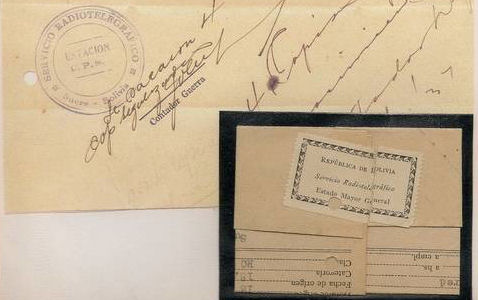
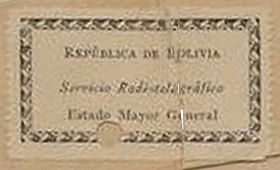
Radiogram with part-perf. seal (1937), courtesy of Marcelo Trejomovich (Corpmet
on Delcampe) and my reconstruction.
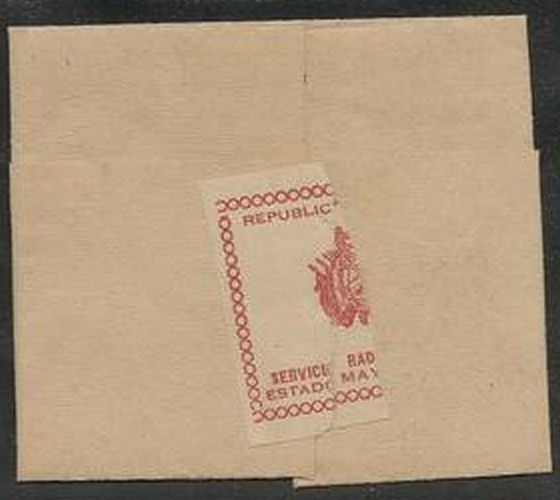
Radiogram with half a seal used as a seal (1934), courtesy of Marcelo Trejomovich (Corpmet
on Delcampe).
Steve Hiscocks made a start on cataloguing seals of the world in a book he published in 2007.
It was his hope to update it later, but unfortunately that was not to be.
His original book can be viewed at
Telegraph Seals: A World Catalogue. There are links from the pages to my updates.
Alternatively you can view the latest page for Bolivia.
